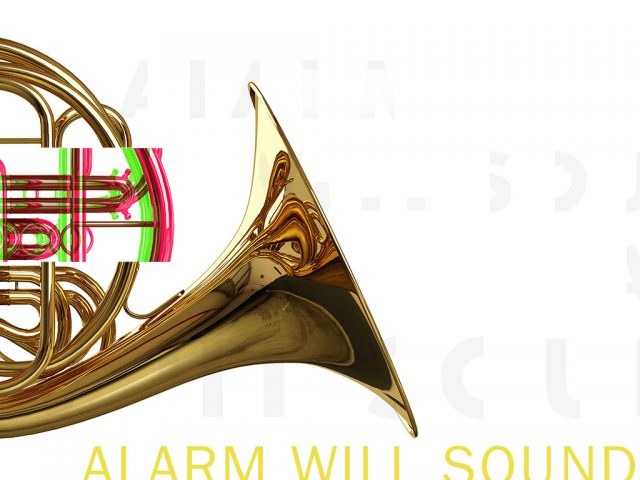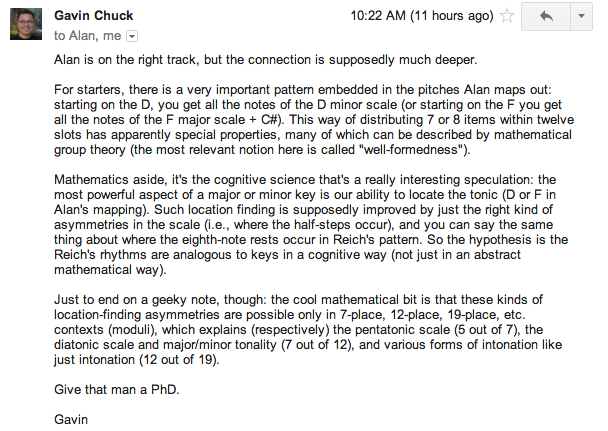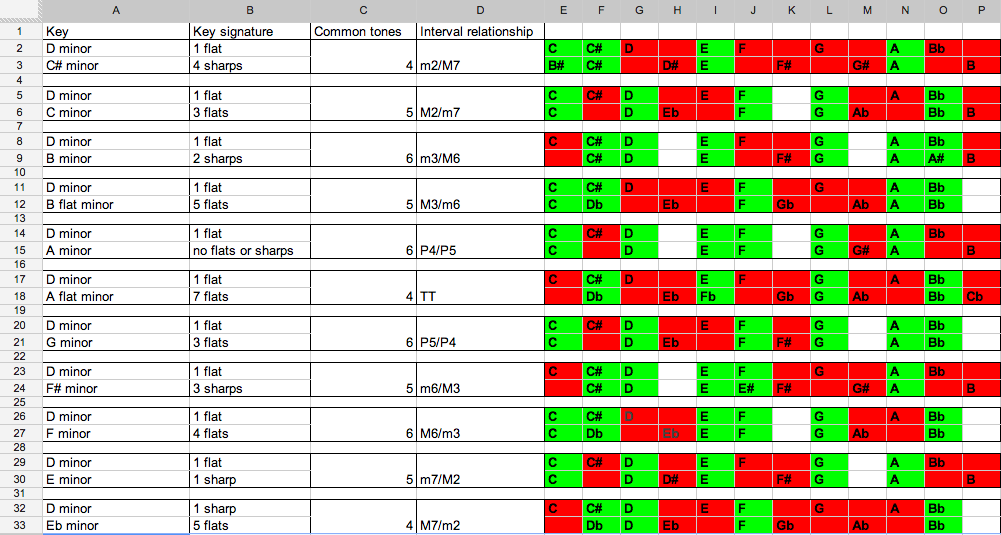

Alarm Will Sound will perform Steve Reich’s Clapping Music on the 16th at Stanford. (If you don’t know the piece, see here.) It will be a full ensemble performance of the piece with Steve Reich, the man himself, clapping along. Steve has never done the piece in such a way before, and quite possibly it’s the first time it will ever be done with such a large group. (Though it has been juggled before.)
Practicing it got me thinking about my past experiences with the work and particularly an anecdote that I vaguely remembered from a music theory course. What I recalled was that there was a way to map notes to the rhythm and as the pattern phased against itself it would line up in significant ways.
I did the most logical thing for me: I contacted Gavin Chuck, AWS managing director (and music theorist extraordinaire) and Alan Pierson, AWS music director. A lengthy (strange) email exchange ensued: Alan pointed out that there are twelve eighth notes in the pattern which can be mapped to the chromatic scale. Gavin took it a step further:

Geeky mathematics aside the short of it comes down to… yes, there exists a pattern. If we map each beat (rests included) to the chromatic scale we get this pattern:
C C# D E F G A Bb
which is a D minor scale starting on the seventh scale degree and including the raised seventh. OK, so what next? If we continue to map the subsequent patterns the same way we end up with all the other minor keys (natural and sharp seventh scale degrees included). Now, we can look at the way each key lines up with our original minor scale by noting which “beats” line up. I’ve done the work for you:

I’m not sure if it’s much more than a novelty but I took a few minutes and created a score highlighting the common pitches. Enjoy!

